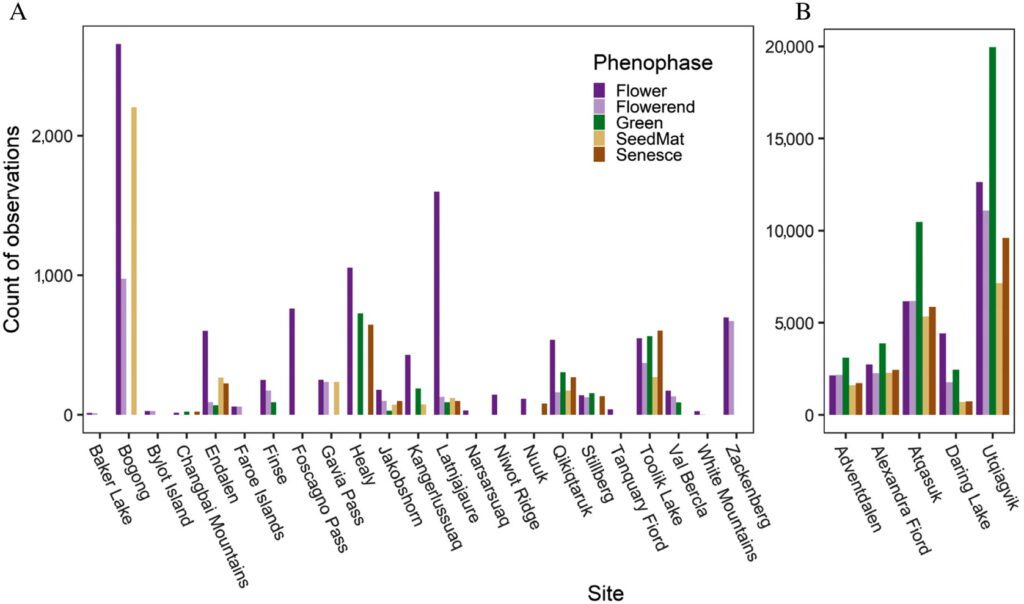Introduction. Methods. Results. Discussion.
The typical structure of an original research paper. Known as the IMRaD format, these papers start with an Introduction section, explain the Methods, present the Results, and finish with a Discussion.
Chances are if you’ve peer-reviewed a paper, it followed IMRaD. You assessed the paper, making sure the methods and study design are appropriate, that the analysis is sound, and that the conclusions are sound. But not all papers follow IMRaD.
We’d like to introduce you to data papers.
Data papers are scientific publications that focus on describing one or more datasets. They highlight the data and make it easily accessible to the wider scientific community and other stakeholders. They do not include any data analysis or scientific investigation.
And they do not follow IMRaD.
How do you review a data paper?
Like other works submitted to journals, data papers go through peer review. Because they’re not traditional IMRaD papers, reviewing them comes with different responsibilities.
If a request to review a data paper arrives in your inbox, here are five things to consider to assess the paper.
1. Refer to the journal’s guidelines on how data papers are structured
When Dr. Ellen Macdonald, professor of Forest Ecology and Chair of the Department of Renewable Resources at the University of Alberta and co-Editor-in-Chief for the Canadian Journal of Forest Research, submitted a data paper to a journal, she found the review process “a pretty positive experience.”
There was, however, one issue that cropped up. “The only slightly annoying thing was one reviewer suggesting a major reorganisation of the paper that conflicted with the structure and organisation prescribed by the journal,” Macdonald explains. Since data papers are less common than than original research papers, misunderstandings are only to be expected.
Journals may differ in how they want data papers to be structured. As the peer reviewer, referring to those author guidelines provides details on how the data paper is structured and sections to look for when reviewing.
2. If you’re unsure, reach out to the journal editor
As a general rule, “data papers cannot be reviewed with the same criteria as research articles since they have a different structure and fulfill different purposes,” says Dr. Sam Bashevkin, Senior Environmental Scientist at the Delta Stewardship Council.
For the most part, data paper reviewers are assessing data papers for the very first time. “The major challenge was knowing how to judge [the paper],” Macdonald reflects on her first experience as a data paper reviewer.
For novice data paper reviewers in particular, specific guidance can help ensure that the review is fair, objective, and on point. “If the journal does not have different guidance for data papers than for research articles, ask the editor for this guidance,” says Bashevkin.





